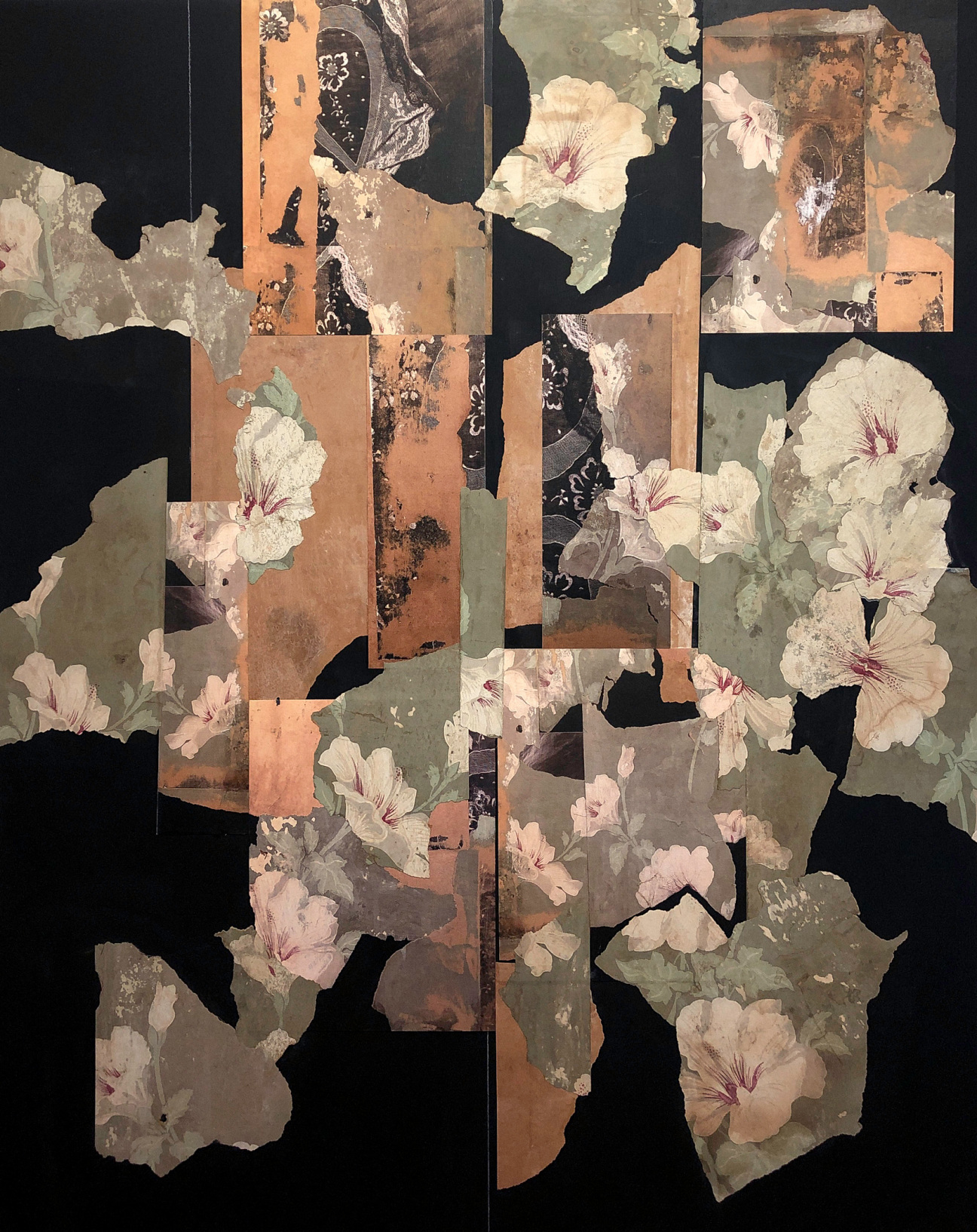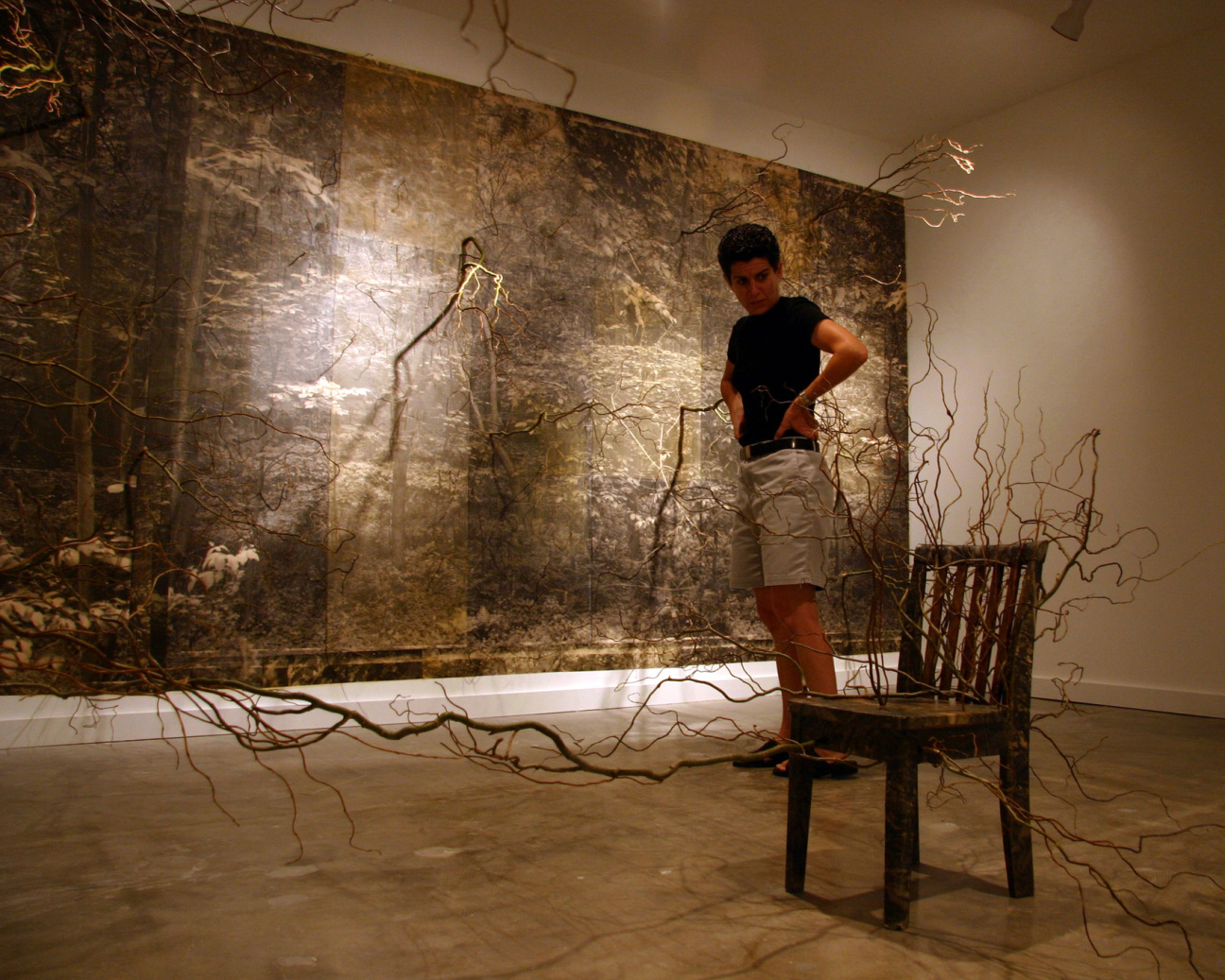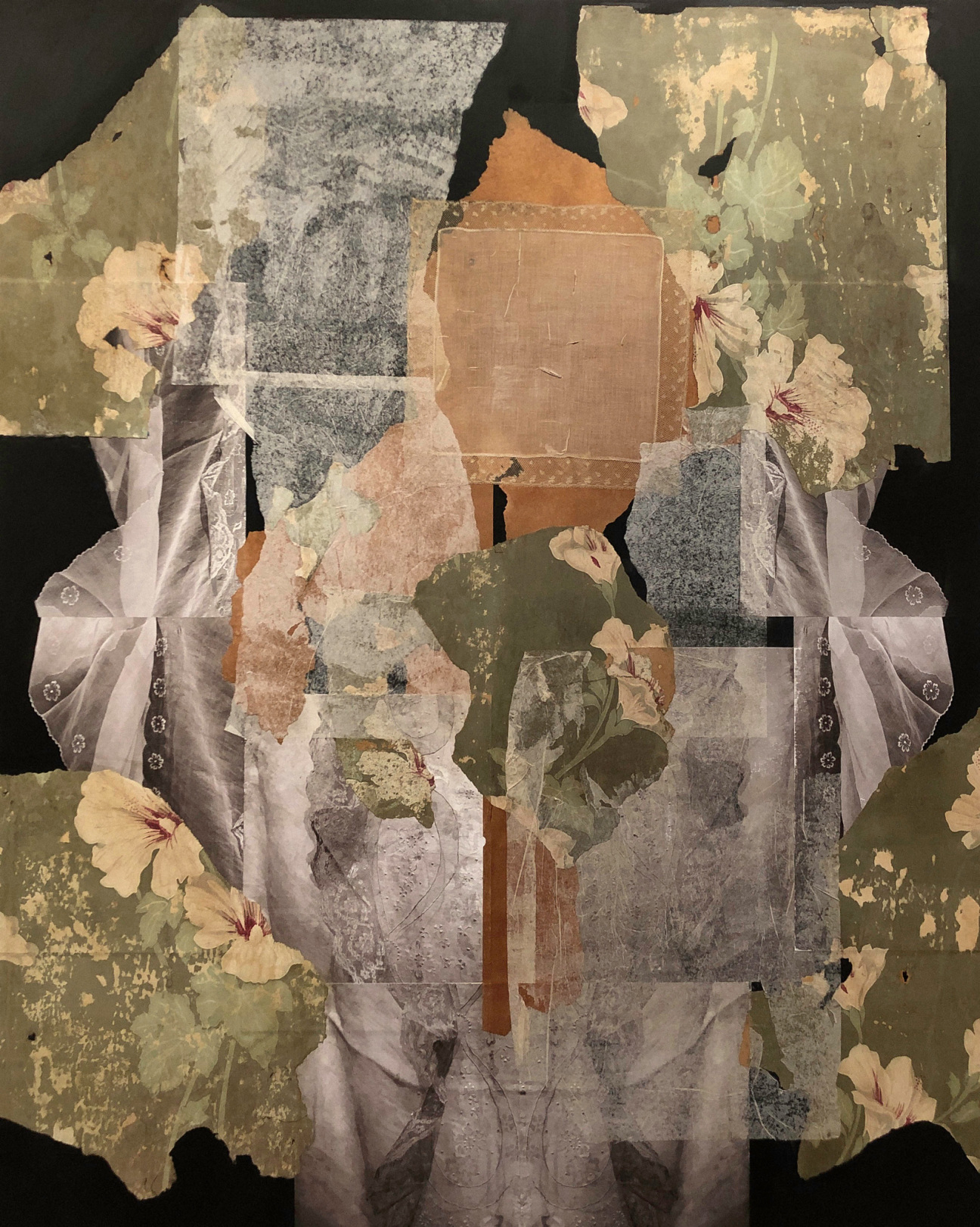Molly Wilcox: Are you in your studio right now?
Maria Martínez-Cañas: Yes, my studio is in my home, so I’m also in my home in the area of Miami called Little Havana.

MW: You were born in Cuba and grew up in Puerto Rico—how did your childhood and upbringing influence you as an artist?
MMC: I never imagined that I would end up becoming an artist. My parents were art collectors, and in Puerto Rico, there was an extraordinary energy of artists [who were] Latin American, Puerto Rican, Cuban. There were musicians, visual artists; I think that was a really strong influence in my life. Being Cuban exiles—I was only three months old when my parents left Cuba—for my parents, photography was very important. [Photographs] could introduce family members or even show us who our family was. Every time there was a Cuban that left Cuba, you would get a phone call that said, “I was able to take your wedding pictures out,” or, “I was able to take these pictures out.” I did not realize it then, but I realize now the importance that photography had for them as a way to introduce our heritage and our roots. And to us kids, even though we weren’t able to grow up in Cuba, we’re still able to feel extremely Cuban.
MW: You had a fascination for your mom's camera from a young age. When did you know that would be your career?
MMC: When I knew? The night before taking the SATs. Because I opened my first exhibition in Puerto Rico the night before taking them. And it just happened that me and this other young girl, we were 17 years old, just walked into a photo gallery and told the guy that we wanted to have a show there.

MW: That's amazing.
MMC: And what’s even more amazing is that he actually said yes!
MW: Your work regularly uses archives to make something new and modern with someting old. How did you first get into archives?
MMC: I always heard my entire life that I looked like my paternal grandfather, but he passed away when my father was only 15 years old. So I never saw an image of him until much later, maybe not even until I was in my 20s. Suddenly this photo tells me a story of who I am. I see photography, in many ways, as the ability to tell a story. If you really look at a photo, if you study a photograph, you’re able to know so much about the people in the image and about the things inside the photograph.

MW: How does collage appear in your latest work at The Bass Museum?
MMC: In December of 2020, I lost my mother suddenly. We weren’t expecting for her to pass away. It was of course very difficult for us. I found original wallpaper in my home that was covered in flowers. And I found things of my mother’s. The work is a collage of linen, bedding and even some of her personal materials. The way that the work was made was by layering a piece of fabric that she took out of Cuba in the 1960s, and her bedsheets from Cuba, which are in pristine condition. I glued them in and then decided to glue one of the original wallpapers right on top of the dress. I took very light sandpaper and started sanding it, and the pattern of the dress started to show. It became a subtraction technique of sorts, of removing and allowing something to come up. If you think about it, very much like archaeology, you start moving the ground and suddenly the optics start coming out. It’s not about revealing the dress completely. It’s this idea of uncovering. The title for the show is “Absence Revealed.” It’s about revealing that absence and that loss of someone so dear to me.










 in your life?
in your life?

